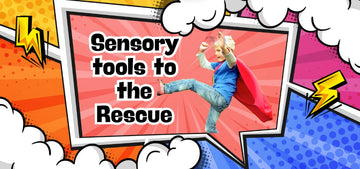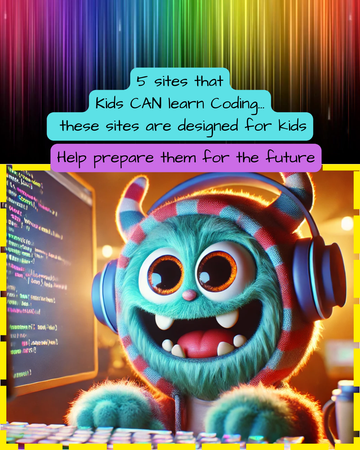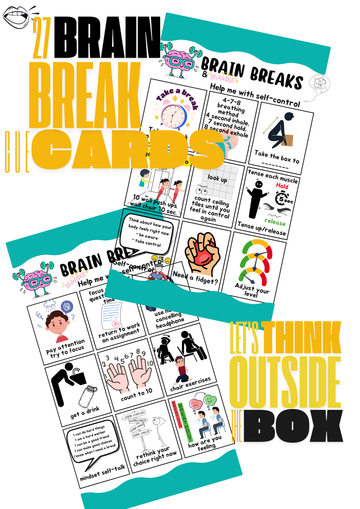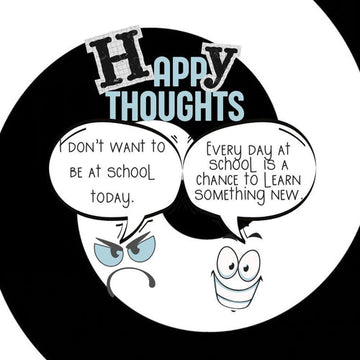Sensory Tools to the Rescue: The Importance of Sensory Tools for Helping Children Deal with Dysregulation
For links the best products go to https://linktr.ee/whendoesshesleep
For many children, especially those with neurodivergent profiles or sensory processing challenges, maintaining emotional and physical regulation can be difficult. Dysregulation often manifests as difficulty focusing, heightened anxiety, impulsive behaviors, or emotional outbursts. Sensory tools provide a practical and effective way to help children regain balance, calm their nervous systems, and participate more fully in learning and social activities. Here’s why sensory tools are so essential and how they can make a profound difference.
Understanding Dysregulation
Dysregulation occurs when a child’s ability to manage their emotional or sensory input is overwhelmed. This could result from external stimuli like loud noises, bright lights, or unstructured environments, or internal factors like frustration or fatigue. For adults, it’s similar to feeling overwhelmed after a chaotic day at work, being stuck in traffic, and then coming home to loud noise and clutter—you might feel irritable, unable to focus, and desperate for some quiet or alone time. For children, who often lack the tools to express these feelings or manage them independently, the experience can be even more intense. This is where sensory tools come in—they act as bridges to help children process and manage sensory input, enabling them to better handle challenges.
Dysregulation occurs when a child’s ability to manage their emotional or sensory input is overwhelmed. This could result from external stimuli like loud noises, bright lights, or unstructured environments, or internal factors like frustration or fatigue. For children who experience this regularly, finding ways to self-regulate is key to their well-being and development. This is where sensory tools come in—they act as bridges to help children process and manage sensory input, enabling them to better handle challenges.
How Sensory Tools Help
- Calming Overstimulation Many children become overwhelmed by excessive sensory input. Tools like noise-canceling headphones, weighted blankets, or sensory tents can reduce this input, creating a calm and safe space for the child to reset.
- Providing Sensory Input for Regulation For sensory seekers, tools like vibration plates, fidget spinners, or resistance bands can provide the sensory stimulation they crave. These inputs help them focus, stay engaged, and reduce disruptive behaviors.
- Improving Focus and Attention Tools like wobble cushions, chewable jewelry, or hand fidgets can help children stay grounded during learning tasks, particularly those who have difficulty sitting still or focusing for extended periods.
- Supporting Emotional Regulation Items like calming jars, kinetic sand, or soft sensory toys can help children self-soothe during moments of distress. These tools offer a tactile or visual focus, helping children to redirect their emotions constructively.
Who Can Benefit from Sensory Tools
Sensory tools are particularly beneficial for children with disabilities such as:
- Autism Spectrum Disorder (ASD): Sensory tools can help manage sensory sensitivities and improve focus during structured activities.
- Attention Deficit Hyperactivity Disorder (ADHD): Items like fidget toys or wobble cushions can help with hyperactivity and attention regulation.
- Sensory Processing Disorder (SPD): Tools like weighted blankets or sensory swings provide calming input for children who struggle with sensory overload or seeking.
- Anxiety Disorders: Sensory tools like calming jars or noise-canceling headphones can help reduce stress and create a sense of safety.
- Learning Disabilities: Sensory breaks with tools like kinetic sand or resistance bands can help students refocus during challenging tasks.
Benefits for Neurotypical Children
While sensory tools are invaluable for children with specific challenges, they are also highly beneficial for neurotypical children. These tools can:
- Provide opportunities for relaxation and focus during busy or stressful moments.
- Help build mindfulness and self-regulation skills.
- Support attention and engagement during long periods of concentration or learning.
- Foster inclusivity by normalizing the use of tools that benefit all learners, creating a supportive and welcoming environment for everyone.
Examples of Effective Sensory Tools
- For Oral Sensory Input: Crushed ice, chewable necklaces, or straws for sipping thick liquids.
- For Proprioceptive Input: Weighted vests, compression clothing, or push-pull resistance bands.
- For Visual Input: Lava lamps, calming jars, or LED lights with adjustable brightness.
- For Tactile Input: Fidget cubes, kinetic sand, or textured balls.
- For Vestibular Input: Swings, rocking chairs, or balance boards.
Integrating Sensory Tools in Daily Life
Sensory tools are most effective when integrated into a child’s routine. For example, a child might start the day with a few minutes on a vibration plate to help focus their energy or use noise-canceling headphones during noisy transitions. A designated sensory corner in classrooms or homes can provide a safe and inviting space for children to self-regulate when needed.
Partnering with the Child
It’s important to involve the child in selecting sensory tools. Some children might prefer a particular texture or find certain tools more effective than others. Observing their responses and allowing them to communicate their preferences can make the tools more meaningful and impactful.
Conclusion
Sensory tools are not just objects; they are essential supports for children navigating the complexities of dysregulation. By addressing their sensory needs, these tools provide children with the means to calm their minds, focus their energy, and manage their emotions. Whether used in the classroom, at home, or in therapy settings, sensory tools empower children to thrive, helping them build the skills they need to succeed in both learning and life.
For links the best products go to https://linktr.ee/whendoesshesleep






